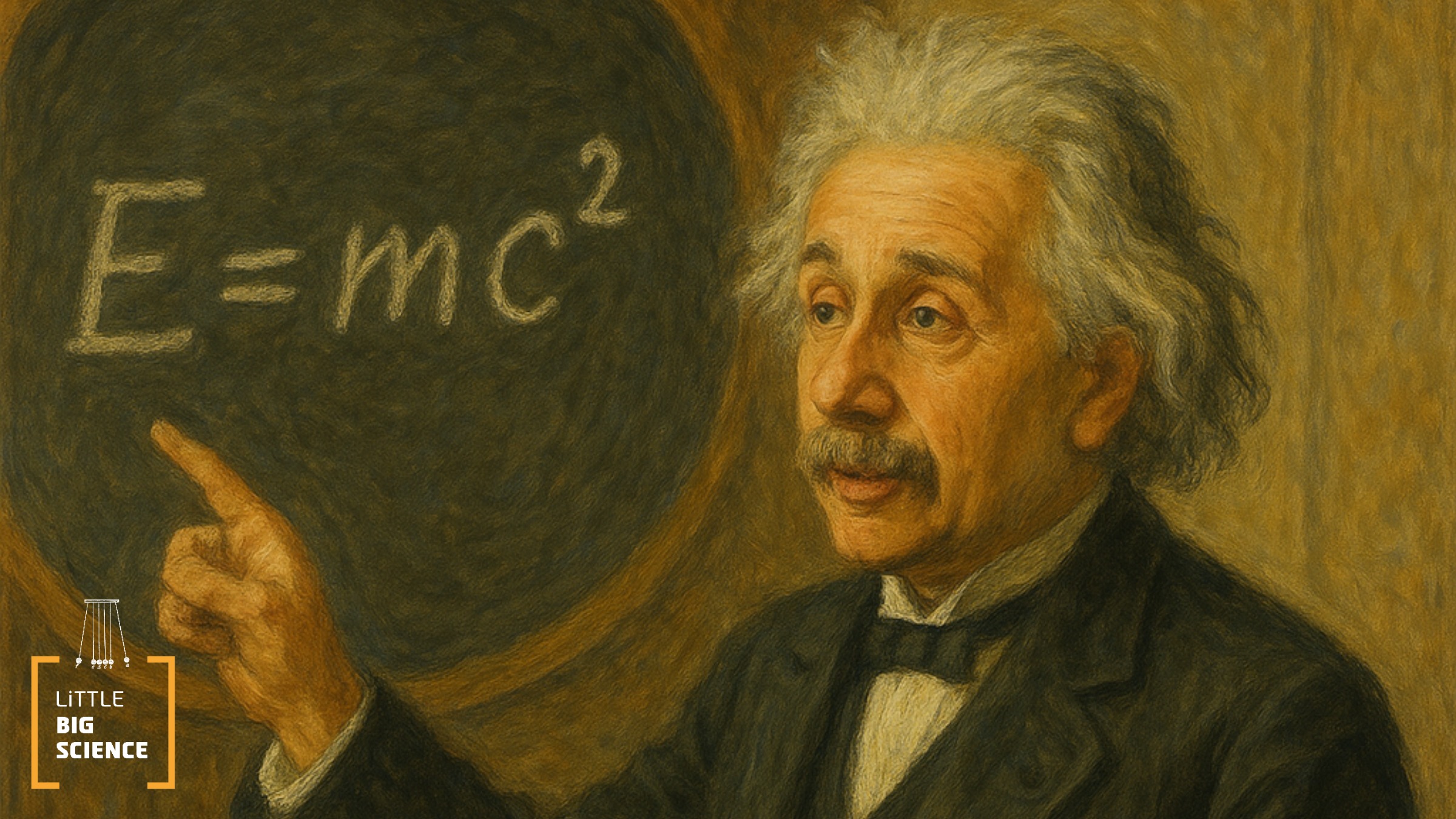
Between October 6 and 13, the 2025 Nobel Prizes are expected to be announced. On this occasion, let us recall the lecture Albert Einstein delivered 102 years ago before the Nordic Assembly of Naturalists in Gothenburg, Sweden.
Advertisement
Einstein was awarded the 1921 Nobel Prize in Physics, but received the prize a year later, in 1922. This was because in 1921 the Nobel Committee for Physics decided that none of that year’s nominations met the criteria laid out in Alfred Nobel’s will. According to the statutes of the Nobel Foundation, in such a case the prize may be reserved for the following year. Because the lecture was not delivered on the occasion of the Nobel Prize award, it did not discuss the discovery of the photoelectric effect for which he won the prize.
In the lecture, Einstein focused on the foundational ideas and challenges of the theory of relativity he had developed. He opens by addressing two central aspects: the question of physically privileged states of motion, and the requirement that physical concepts be unequivocally linked to observable facts. He then describes the development of the theory of relativity from its roots in classical mechanics, and the way inertial frames of reference expose logical weaknesses.
Einstein argued that there is no point in using a physical concept if it cannot be measured or tested experimentally.
The theory of relativity abolished the idea of absolute rest and replaced it with the principle of the equivalence of reference frames, emphasizing that every concept must be empirically definable.
The lecture then turns to special relativity, where Einstein explains how it resolves the conflict between mechanics and electrodynamics by abandoning the notion of absolute time. From there he proceeds to general relativity, which eliminates preferred states of motion and proposes that gravitation and the spatial metric (the geometry of spacetime) are different expressions of the same physical field.
Finally, Einstein addresses the current challenges faced in physics, including Mach’s principle concerning inertia and the ongoing effort to develop a unified field theory that would encompass both gravitational and electromagnetic forces.
Einstein devoted most of his later scientific life (primarily from the 1920s onward) to the attempt to find a unified theory that would describe all physical forces within a single mathematical framework. Today we know that Einstein’s unified field theory failed. The theory was too simple, as it included only the electromagnetic field and the gravitational field, without incorporating the weak field, the strong field, or the Higgs field. In addition, the theory Einstein proposed was classical and does not conform to the principles of quantum theories.
The message that remains from his lecture and from Einstein’s career is that even when a complete solution is still distant—deep questions and the demand for empirical coherence drive science forward. Theoretical failures are part of the journey: they established new insights, opened up new research and technological avenues, and laid the foundations for what we are discovering today. The future of physics is built on curiosity, on trial and error, and on a willingness to revise old concepts—and that is something that encourages belief in continuous progress and in solutions that will emerge in the future.
Hebrew editing: Shir Rosenblum-Man
English editing: Elee Shimshoni
Sources







